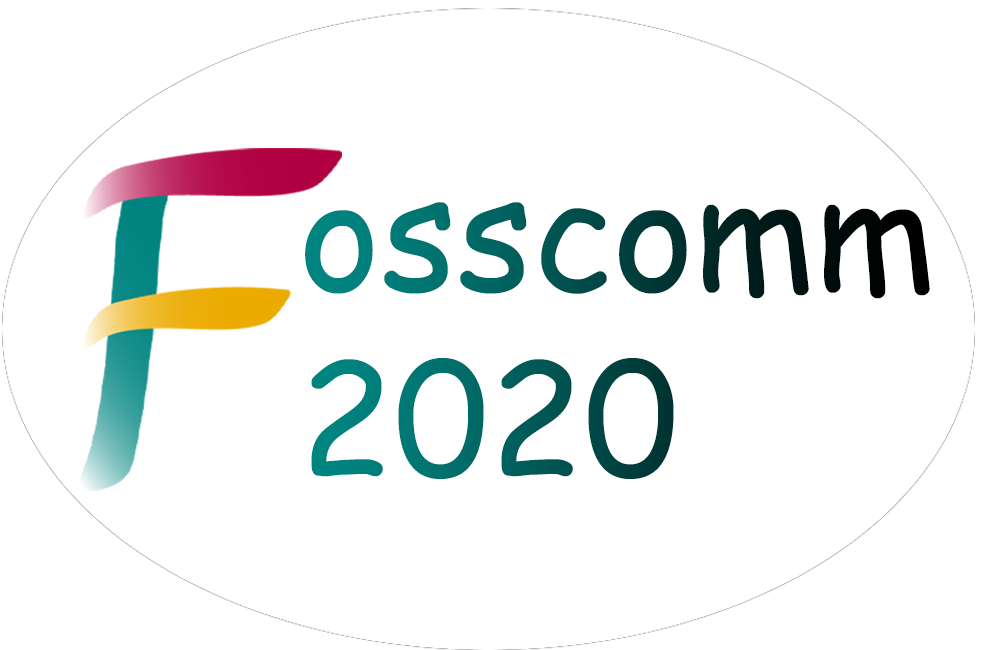Emmanouil Skondras
Dr. Emmanouil Skondras is a Postdoctoral researcher in Next Generation Wireless Networks at University of Piraeus, Department of Informatics. He received his PhD in Next Generation Wireless Networks at University of Piraeus, Department of Informatics. Also, he received his MSc in Computer Science at the Athens University of Economics and Business, Department of Informatics and his BSc in Informatics and Computer Technology from the Technological Educational Institution of Western Macedonia, along with two yearly scholarships and one award in respect of his high degrees. Additionally, he is Adjunct Lecturer in MSc Programmes of University of Piraeus and University of Western Macedonia, while at the same time he is working as ICT specialist in Network Operations Center (NOC) of University of Piraeus. He has also worked in R&D projects of Information Technology Industry. His research interests are in the area of Sensor as well as Communication Networks, mainly in Wireless Networks, such as Flying Ad Hoc Networks (FANETs), Vehicular Ad Hoc Networks (VANETs), Cellular and Mesh Networks.
Talks
Monitoring Diabetes using Internet of Things (IoT) Devices and 5G Wireless Network Infrastructures
Nowadays, modern technologies such as 5G wireless networks, Cloud Computing and Internet of Things (IoT) have evolved rapidly. These technologies enable the development of innovative healthcare systems based on a human-centered model. In this work, a model that allows the monitoring of the health of people with diabetes is proposed. Regarding the design of the proposed model, blood glucose measurements are frequently performed using IoT devices. Subsequently, these devices transmit the measured values to a patients’ smart device (e.g. a smartphone or tablet). Whenever a patient’s blood glucose levels are Low or High, the device communicates with a remote medical infrastructure and triggers an alarm. In order to assure the immediate response of the remote medical staff, the proposed model is deployed upon a 5G wireless network architecture which ensures minimal communication delays. Thus, the medical staff can immediately provide the required care or advice remotely to each patient.
